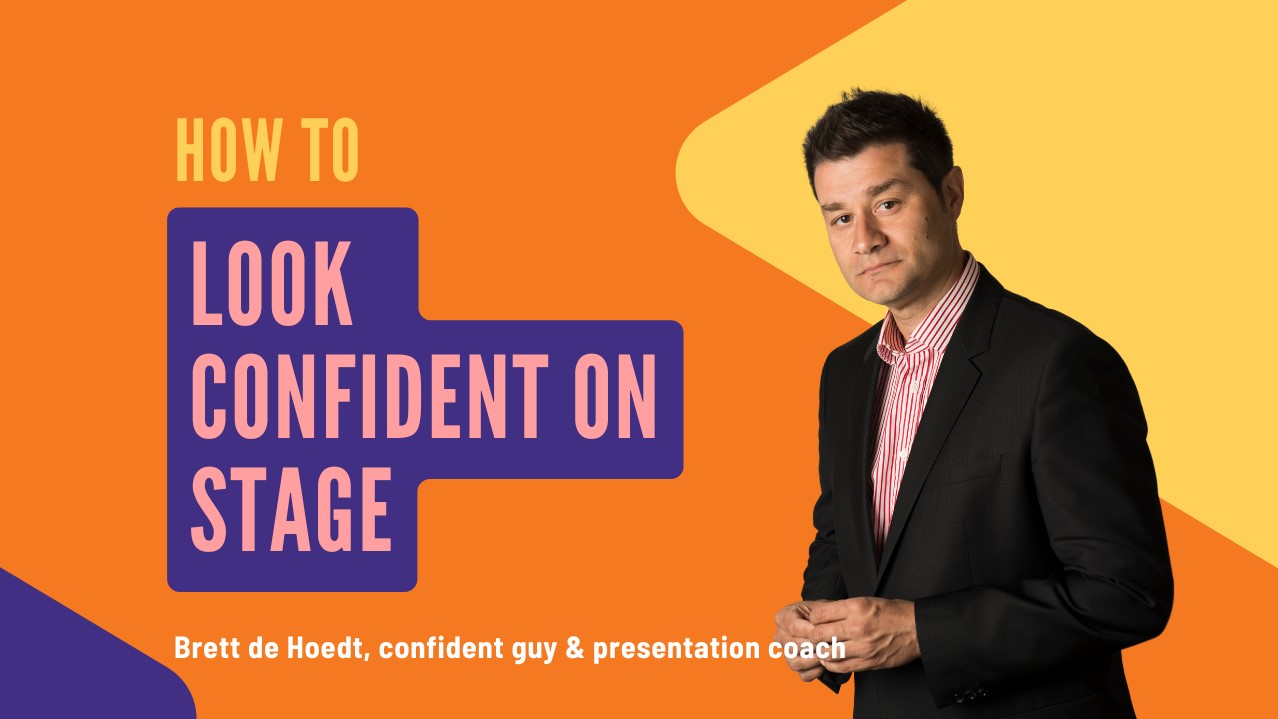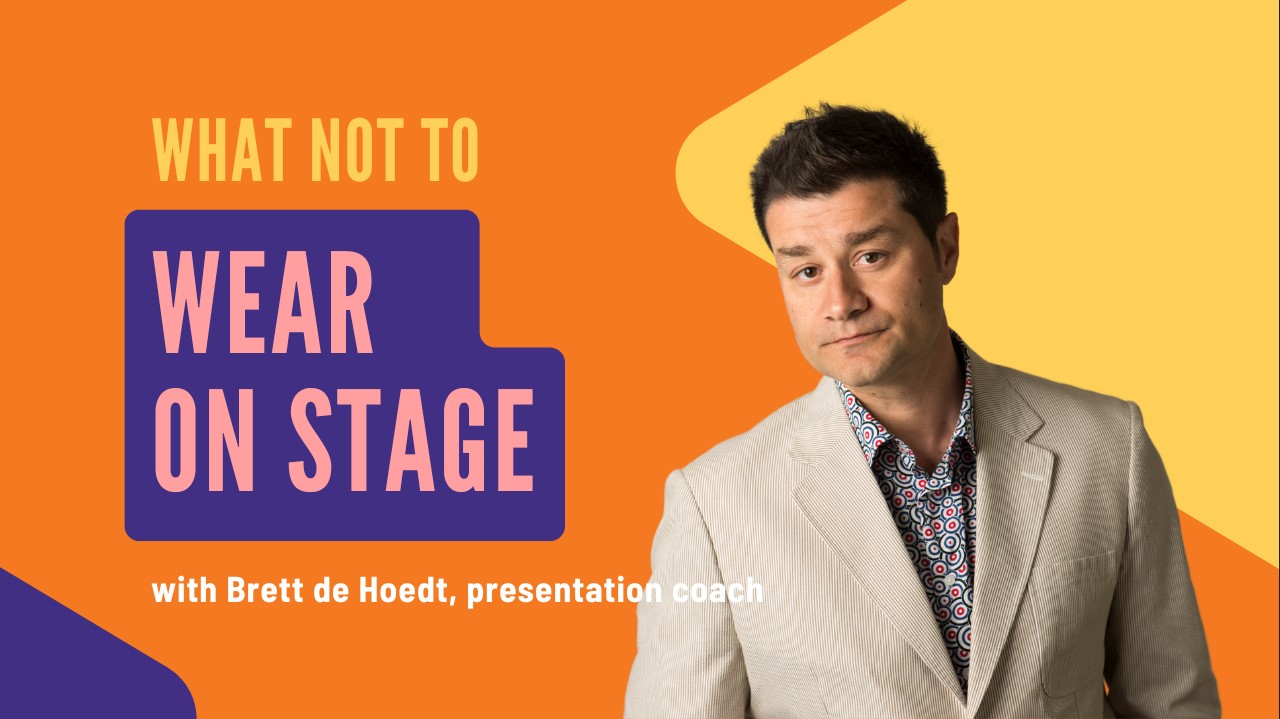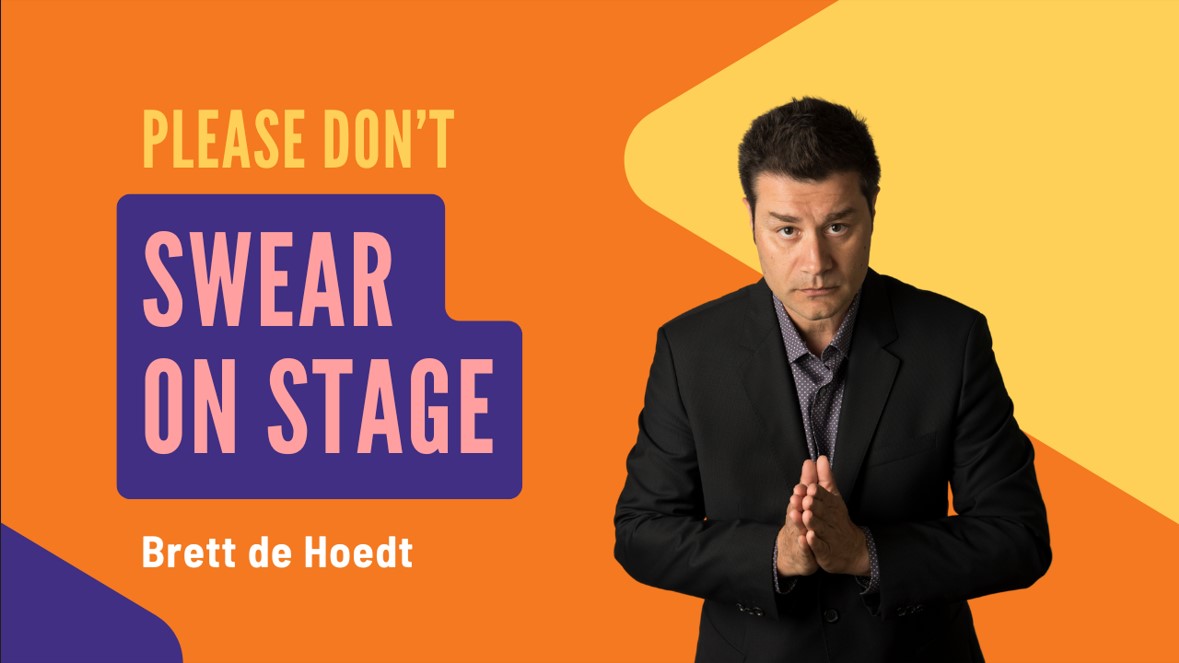I recently had the opportunity to lead my Presentation Savvy workshop for a distinguished global NGO. The audience was a remarkable mix of accomplished individuals, including seasoned world travelers, those with impressive academic and professional accolades, and individuals in high-ranking positions. This diverse group brought a wealth of experience and insight to the workshop.
During the session, a question was raised that struck a chord with me and seemed to resonate deeply with others as well. It was about how to fake confidence, a concept that seems to be of paramount importance in Western cultures where confidence is often synonymous with competence, intelligence, and authority.

For individuals who naturally lack confidence, particularly those who are introverted or who experience anxiety at the thought of being the center of attention, this societal preference can feel like an insurmountable challenge. However, I am here to share some good news.
One of the fundamental truths in public speaking is that your audience’s reaction is based solely on what they observe and hear from you. They are not privy to your internal anxieties or the self-doubt that may be running through your mind. This means that if you can project an image of confidence, the audience is likely to perceive you as such and respond accordingly. What’s more, the act of portraying confidence can often lead to actually feeling more confident — a far better state than being overwhelmed by nerves.

So, how do you master the art of how to fake confidence when it doesn’t come naturally? Let’s take a page from the book of those who exude confidence effortlessly:
One of the first rules is that confident speakers never disclose their nervousness to their audience. They always appear composed and in control. The audience tends to focus on the persona you present to them, not on your internal state. By not revealing any signs of nervousness, you encourage them to see you as confident and capable. This does not mean asking for sympathy or showing vulnerability — instead, it means embodying the image of someone who is fully in control and ready to engage.
When it comes to speech, confident speakers use their voices as powerful tools. They speak with clarity, steadiness, and a variety in tone and pace. Taking deep breaths before stepping onto the stage can significantly aid in stabilizing your voice. Remember, a strong voice often conveys confidence, while a quiet, timid voice might suggest the opposite.
Body language is another critical aspect of how to fake confidence. While I’m skeptical about the effectiveness of so-called “power poses” — a concept that even its original proponent has since questioned — I do believe that our physical demeanor can reveal our confidence level. Confident speakers stand tall and move with purpose. They use gestures to punctuate their points and convey enthusiasm for their subject matter. This physicality communicates a sense of self-assurance to the audience.
Effective eye contact is a subtle yet powerful tool in the arsenal of someone trying to fake confidence. Holding someone’s gaze for the right amount of time can convey self-assuredness without crossing into discomfort. It’s a delicate balance, but when done correctly, it can significantly enhance the perception of confidence.
Dressing well is another simple yet impactful way to boost your confidence. The right outfit can make you feel more powerful and prepared. This doesn’t mean you need to be overly formal or flamboyant — it’s about finding a style that makes you feel confident and reflects the context of the event. Whether it’s a classic, well-groomed look or something more eye-catching, the key is to wear something that enhances your self-assurance.
Confident individuals avoid fidgeting with their belongings, their hair, or their presentation materials. Such actions are tell-tale signs of nervousness. To fake confidence, you need to control these impulses and present a calm, collected demeanor.

Preparation and purposeful actions before taking the stage are also indicative of confidence. Confident individuals don’t get distracted by minor issues. They are focused and direct, whether it’s dealing with technical aspects like microphones or engaging with event organizers. They don’t waste time on irrelevant matters but instead prioritize actions that contribute to their presentation’s success.
Staying calm under pressure is another crucial aspect of how to fake confidence. Confident individuals don’t let small mistakes rattle them. Whether it’s a glitch in the PowerPoint presentation or a mishap with their notes, they handle it gracefully and move on. Fortunately, audiences are usually quite forgiving of such minor issues.
Engagement and presence are hallmarks of confidence. Confident individuals are fully aware of their surroundings and actively engage with others. They don’t retreat into their own thoughts or anxieties but instead focus outwardly, showing interest in those around them. They are adept at networking, mingling, and initiating conversations, rather than isolating themselves.
Confident speakers often rely less on scripts and more on their ability to speak from the heart. They are knowledgeable about their topic and comfortable enough to deviate from a prepared text when necessary. This flexibility allows them to incorporate audience questions and comments into their presentation, making for a more dynamic and engaging experience.

Handling disagreement and criticism is a skill that confident individuals master. They don’t become defensive when challenged but instead engage with the other person to understand their perspective. This approach not only demonstrates confidence but also opens up opportunities for learning and growth.
If you don’t have an answer to a question, confidently admitting it and turning the question over to the audience can be a smart move. It shows that you value collective knowledge and are not afraid to acknowledge your limitations.
Accepting compliments with grace is yet another trait of confident individuals. They don’t dismiss praise or belittle it but instead accept it graciously and move the conversation forward. Similarly, confident people are often generous with their own compliments, recognizing and acknowledging the strengths and accomplishments of others.
Lastly, genuinely confident people don’t feel the need to constantly tout their own achievements. While they acknowledge their successes, they do so in a way that is appropriate and not overbearing. They understand that true confidence doesn’t require constant self-promotion.

As a personal confession, I consider myself to be quite confident, particularly when it comes to speaking, emceeing, or training. These are areas where I have significant experience and expertise. However, there are always a few engagements each year that push me out of my comfort zone and challenge my confidence. These might be due to a unique audience, a different topic, or complex internal dynamics at play. In such cases, I double down on my preparation, researching the client and audience thoroughly, and ensuring that I arrive well-prepared and ready to tackle the challenge head-on.
In conclusion, while this blog might seem to advocate for a “fake it till you make it” approach, the reality is that often, adopting the outward behaviors of confidence can lead to genuine feelings of self-assurance. It’s not about deception; it’s about cultivating a skill set that enables you to present your best self, even in challenging situations.
My parting advice is to approach the journey to confidence step by step. Don’t try to implement all of these strategies at once. Focus on a few, practice them, and gradually add more as you become more comfortable and confident. Having a trusted friend or colleague to provide feedback can be invaluable in this process.
Best of luck, and if you’re interested in further developing your public speaking skills, consider attending my Presentation Savvy workshop or contact me directly. We cover many of these topics in greater detail, providing practical, hands-on experience in a supportive environment.






